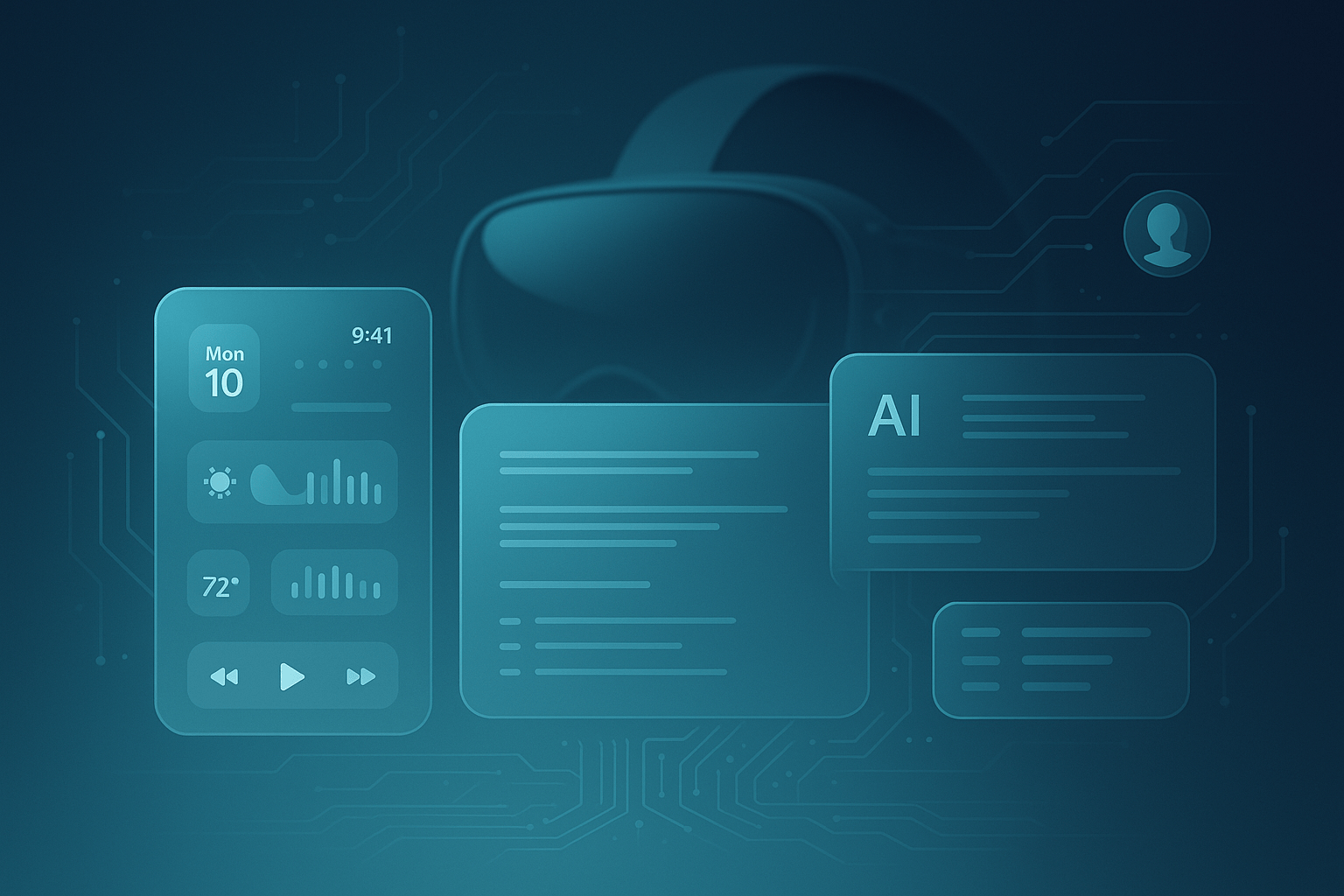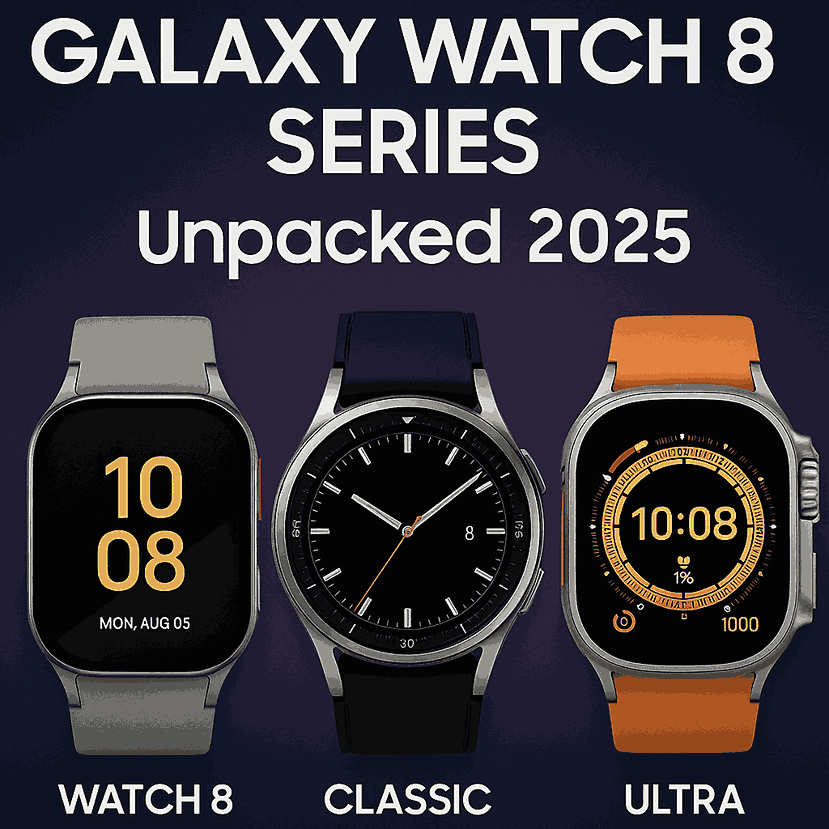
From VisionOS to Liquid Glass: Apple’s Journey Toward Seamless Interfaces

From VisionOS to Liquid Glass: Apple’s Journey Toward Seamless Interfaces
Following our detailed coverage of WWDC 2025: Apple’s Bold Leap into the Future, one key theme stood out — Apple’s relentless push toward immersive, intelligent, and fluid interfaces. With VisionOS 2 leading the way, Apple is signaling a future that may be built on the transformative concept of liquid glass interfaces.
🧠 What Is Liquid Glass in User Interface Design?
In the tech world, “liquid glass” is more than a material — it represents the idea of a dynamic, adaptive, and intelligent user interface that flows and transforms naturally, just like a liquid across a surface. The concept is inspired by cutting-edge material science — nanostructured glass with liquid-like properties — and applied to how future devices might look and feel.
For Apple, this means building UI systems that are context-aware, spatially interactive, and touchlessly intuitive.
👓 VisionOS 2: The First Step Toward Liquid UI
At WWDC 2025, Apple unveiled VisionOS 2, an evolution of its spatial computing platform powering the Apple Vision Pro. Several features in VisionOS 2 echo the vision of liquid glass user interfaces:
- Dynamic Spatial Scaling – App windows and UI elements adapt in real-time to your gaze and gesture inputs.
- Environmental UI Intelligence – Apps react to light, sound, and spatial layout, creating a fully immersive environment.
- Gesture-Driven Control – Elimination of physical touch, with UI components that “float” and respond like digital liquid.
These are fundamental steps toward a more organic, fluid interface — the very definition of a liquid glass UX paradigm.
🔮 Apple’s Future with Liquid Glass Displays and Interfaces
Although Apple hasn’t officially used the term “liquid glass,” the direction is clear. Based on Apple’s patent filings and hardware innovations, we may see the company embrace:
1. Morphing Screens and Glass Surfaces
Future Apple devices may integrate flexible, foldable, or transparent liquid crystal displays with glass-like tactility. This could enable zero-bezel, shape-shifting devices that respond to user interaction on a whole new level.
2. Adaptive, AI-Driven Interfaces
Apple’s advancements in on-device AI, showcased in iOS 19 and macOS Sequoia, enable interfaces that change automatically based on your context — whether you’re working, relaxing, or multitasking. Liquid glass UI is not just a visual change, but an intelligent shift in interaction design.
3. Liquid-Like Material Design
Apple is known for its innovation in industrial design, from ceramic shields to titanium builds. The next leap could be nanocoated liquid glass surfaces — offering self-healing properties, enhanced touch sensitivity, and deeper UI integration.
🤖 The Power of AI + Liquid Interfaces
Liquid glass isn’t just about hardware — it thrives on intelligence. By combining Apple’s growing AI ecosystem with spatial computing, we may soon see:
- Emotionally aware displays – UI changes based on your mood or focus level.
- Adaptive haptics – Invisible buttons or textures that form under your touch.
- Cross-device UI fluidity – Seamless transitions across Vision Pro, iPad, and Mac with zero interruption.
🌐 The Liquid Interface: A Unified Apple Ecosystem
Everything Apple builds is designed to work together. With liquid glass-inspired technologies, Apple could achieve:
- Device convergence – where your iPad becomes your Mac, and your Vision Pro becomes your creative studio, depending on context.
- Interface as Environment – UI that no longer lives on the screen, but in your physical world — immersive, intelligent, and adaptive.
To fully appreciate how Apple is laying the foundation for this future, don’t miss our complete WWDC 2025 recap here.
—
Related Article
Your Opinion
Trending
Recently Posted
.jpg)
iPhone 17 Series is Here: A New Era for Apple's Flagship

What the Meta AI Glasses Reveal About the Future of AR

Galaxy Watch 8 Series: Smarter, Sharper, and Ready for Action in 2025
